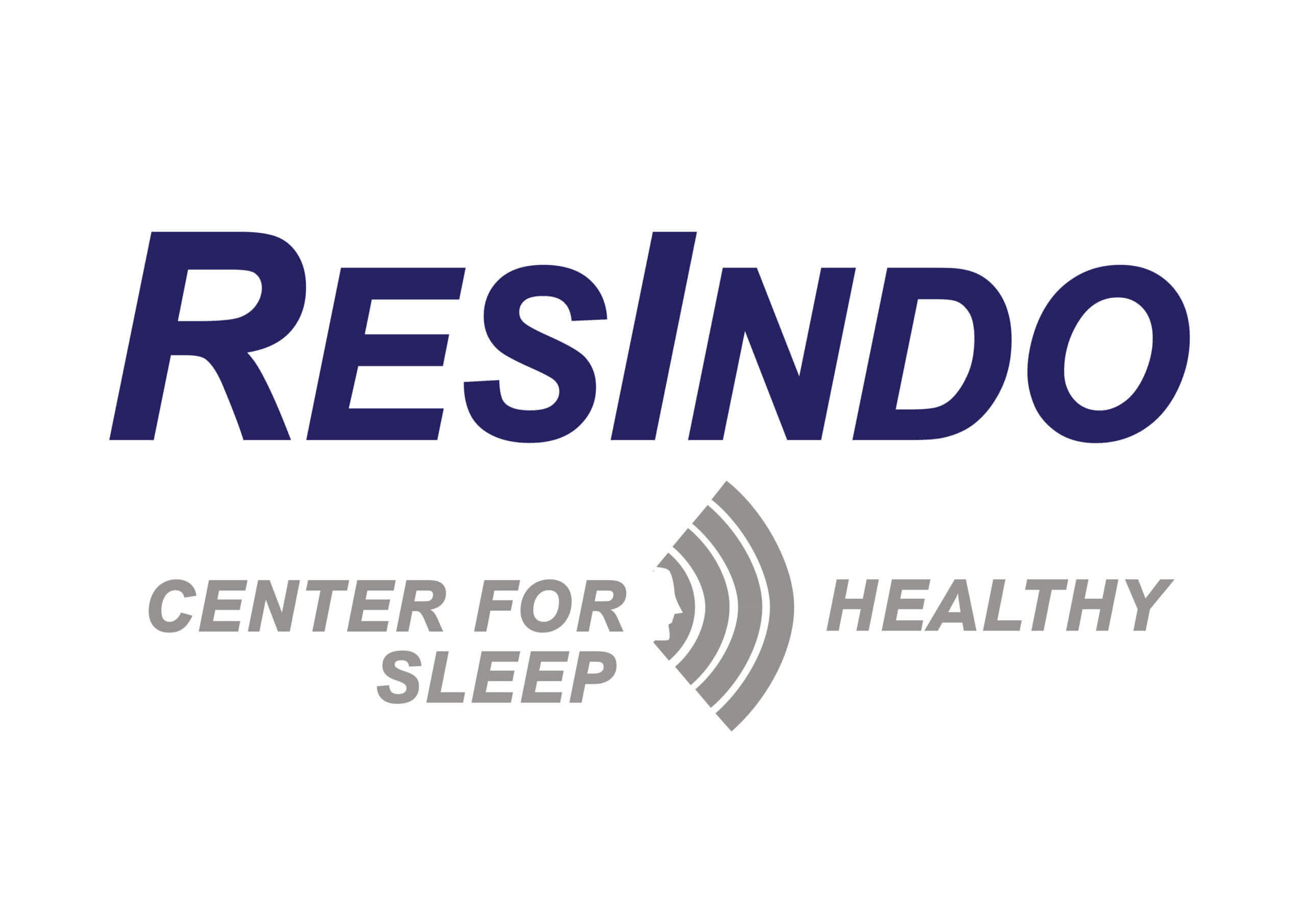CPAP, or Continuous Positive Airway Pressure, treats breathing problems such as sleep apnea and chronic snoring, giving people healthier sleep and helping them enjoy better daytime alertness.1
CPAP applies mild air pressure to a person’s upper airway to keep their airway open so that they can breathe normally while they sleep.
[/et_pb_text][et_pb_text _builder_version=”4.6.1″ _module_preset=”default”]How does CPAP work?
CPAP uses an air pump and mask to deliver mild air pressure to the upper airway of a person while they sleep. The air pressure can be constant or variable depending on the type of machine. For example – fixed pressure machines, generally referred to as CPAP machines, deliver a constant air pressure while the person is sleeping. Automatic, or Auto-Titrating Positive Airway Pressure (APAP) machines, have an in-built algorithm that delivers a variable air pressure according to the person’s needs.1
The CPAP pump takes in room air, pressurises it and then transports the pressurised air through a tube and mask and delivers it via the person’s nose (or nose and mouth) into their upper airway (throat). The pressurised air prevents their upper airway from collapsing, allowing them to breathe more normally while they sleep.
What are the CPAP components?
CPAP relies on two main parts: the pump and the mask.
CPAP masks come in all shapes and sizes. There are 4 types of sleep apnea masks: nasal pillows, nasal masks, full-face masks, and oral masks. Each mask fits slightly differently. In consultation with a ResMed sleep coach, you select the mask type that fits best and you find most comfortable. Finding a mask that suits you while you are asleep is essential to successful CPAP therapy, so make sure you try on a CPAP mask while you are lying down. If you’d like to book an appointment to find the right mask for you, simply get in contact with us to arrange a time that suits you.
As mentioned earlier, there are 2 types of CPAP pumps: fixed pressure and automatic pressure. Fixed pressure pumps apply continuous pressure that has been pre-set to suit your specific requirements.
Automatic pressure pumps monitor airflow and continuously adjust air pressure based on your changing needs throughout the night. These kinds of pumps are most useful for people whose pressure requirements vary during sleep. We can help you decide which of these is best for you.
[/et_pb_text][et_pb_text _builder_version=”4.6.1″ _module_preset=”default”]CPAP: does it have to be bulky and heavy?
Technology has made major leaps over the past few years, and now it’s possible to squeeze the functionality of a CPAP machine into a much smaller package. The ResMed AirMini™ is a testament to this. This compact and complete solution will impress. Whether you’re looking for a portable travel CPAP machine or a primary device for your sleep apnea treatment, this machine can fit the bill.
CPAP was invented in Australia by Professor Colin Sullivan in 1981 while he was a Senior Lecturer in Medicine at the University of Sydney and Honorary Physician at Royal Prince Alfred Hospital.2 Continuous positive airway pressure has since become ‘gold standard’ treatment for patients with obstructive sleep apnea all over the world.
How long does CPAP take to work?
Everyone’s experience with CPAP is different. If a person is receiving the correct pressure to maintain their upper airway, their obstructive sleep apnea and snoring should be improved immediately. How long they take to feel the positive benefits of CPAP during the day may vary. Some users report positive results after a single night of therapy. Other users find that it takes a little time to adjust to the new therapy before they feel benefits during the day.
Treatment of sleep apnea can help you to sleep properly and perform effectively the next day.
Are there any side effects?
The non-invasive nature of CPAP makes it the “gold standard” form of treatment for obstructive sleep apnea.1 The extra flow of air may lead to drying of the nose and throat, a runny nose, a stuffy nose or sneezing but these can usually be addressed with humidifiers or chinstraps.
What next?
If you’re considering CPAP as a treatment option for your sleep apnea, contact us for a free consultation.
[/et_pb_text][et_pb_text _builder_version=”4.6.1″ _module_preset=”default” hover_enabled=”0″ sticky_enabled=”0″]Citations
1. https://www.sleephealthfoundation.org.au/cpap.html accessed 8 July 2019.
2. http://www.resmed.com/au/dam/documents/articles/clinical_newsletter/resmedica14.pdf accessed 8 July 2019.
[/et_pb_text][/et_pb_column][/et_pb_row][/et_pb_section]